Light Summary
by Rey Skywalker

1. Basics
1.1. We see things when light reflects off an object and enters our eyes
1.2. LUMINOUS OBJECTS are sources of light
1.3. Light emitted from a light source travels in STRAIGHT LINES
1.4. Light travels straight through TRANSPARENT stuff Light cannot travel through OPAQUE stuff
1.5. A SHADOW forms on the side of an object not facing the source of light
2. Camera v Eye
2.1. APERTURE – a whole that can be adjusted to allow different amounts of light into the camera
2.2. converging lens – it focuses light. Its position can be adjusted with the focusing screw
2.3. SHUTTER – it opens when a photograph is being taken
2.4. PHOTOSENSITIVE SURFACE (SENSOR) – changes light energy into electrical signals
3. Colors and Prisms
3.1. A PRISM is a glass object with a triangular shape and refracting surfaces at an acute angle with each other.
3.2. Prisms can be used to split white light into the seven different colors of the SPECTRUM
3.3. These colours are red, orange, yellow, green, blue, indigo and violet
3.4. This splitting of colours is called DISPERSION
3.5. DISPERSION happens because different colours have DIFFERENT ANGLES OF REFRACTION, so when they come out of the prism they are spread out
4. Colors and Filters
4.1. In this chart, the colors that are not green is being absorbed by the object, while green light reflects back. (At first they were all white light).
4.2. We can make coloured light using FILTERS. Filters allow us to select the colours we want from the spectrum of white light. Filters work by only TRANSMITTING certain colours and by absorbing others
4.3. An object that appears red in white light will appear black in blue light An object that appears blue in white light will appear black in red light An object that appears red in white light will still look red under red light
5. Blue Skys and Sunsets
5.1. White light consists of light with a mixture of different frequencies Each frequency of light has a different wavelength In the visible spectrum, red light has the longest wavelength and violet light has the shortest.
5.2. The skies on Earth can be different colors, depending on how the light from the Sun is scattered by different particles in the air. When the Sun is high in the sky the light from it is white light. On a day without clouds the sky appears to be blue. Molecules of oxygen and nitrogen in the atmosphere scatter the blue wavelengths in white light more than the colors with longer wavelengths. These molecules are much smaller than the wavelengths of light.
5.3. Very red sunsets are due to particles of dust in the air, or to particles of salt if the Sun is setting over the sea. These particles are much larger than gas molecules, and are good at scattering the longer wavelengths of visible light.
6. Light on the Move
6.1. Waves transfer ENERGY in the direction of wave travel.
6.2. Waves do not transfer MATTER.
6.3. For TRANSVERSE waves, the oscillations are PERPENDICULAR to the direction of motion of the wave (e.g. microwaves, light).
6.4. For LONGITUDINAL waves, the oscillations are PARALLEL to the direction of motion of the wave (e.g. sound).
6.5. Longitudinal waves (like sound) need a medium to travel (e.g. air, water, etc.) A MEDIUM is something that is made of particles Transverse waves (like light), instead, can also travel through VACCUM (i.e. no particles)
6.6. The speed of light in air is 300 000 000 m/s The speed of sound in air is 330 m/s
6.7. Light is transmitted through transparent materials (which means that light can travel through these materials)
6.8. When light hits an opaque surface, some of it is absorbed by the opaque material (and as a consequence the material warms up) and some of it is reflected back by the material.
6.9. When light travels through a translucent material (e.g. frosted glass), light can travel through it, but the rays leave the material in many different directions. We say that they are scattered. For this reason you cannot see clearly through translucent materials.
7. Refraction
7.1. When we look at a straw in a glass of water, light from the top of the straw travels straight to the eye Light from the part that's underwater is refracted when it goes from the water to the air; this means that it changes speed and direction
7.2. Light refracts when it enters a material with a different density This happens because light changes speed and direction In particular: Light slows down when it enters a more dense medium Light speeds up when it enters a less dense medium
7.3. When light enters glass (or any other medium) along the normal (i.e. the angle of incidence i is zero), the ray of light exits the glass block at the exact same direction it entered it


